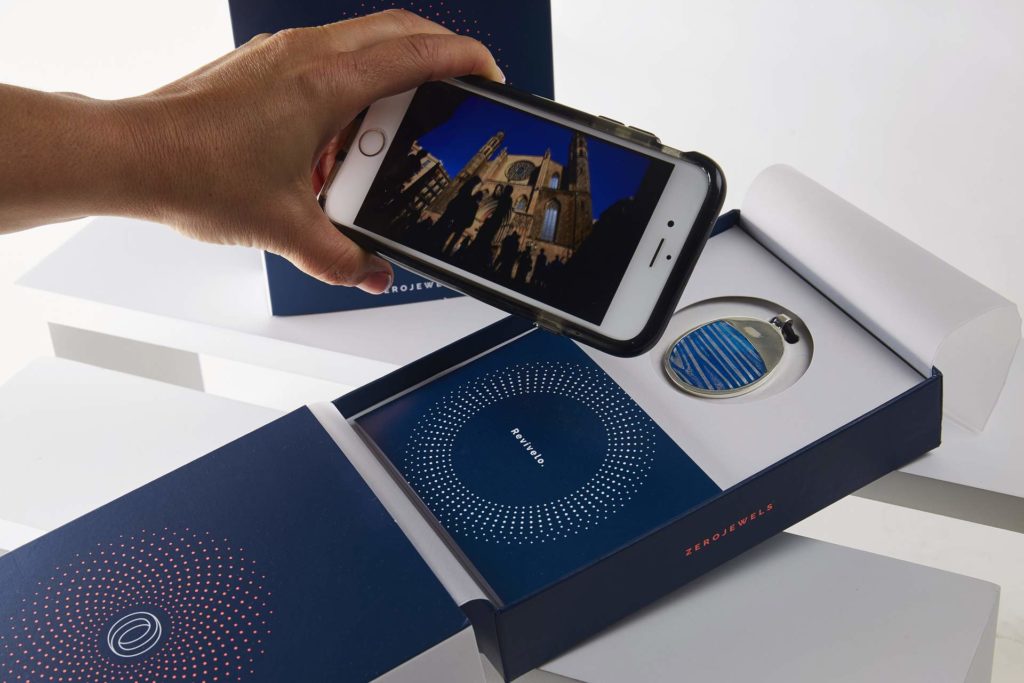MVPs: A confusing name for a needed tool. Examples and real cases
After the theory, let’s apply it to some real projects:
Physical device, hardware product.
I had been working with many of them at hardware.co. Let’s think about a device with some technology behind it.
- Experiments: You can run many experiments to find the perfect size or design. You can also present the potential customer different renders or non-functional version of the product. You can test the functionalities with working versions (but not with the final size, autonomy, design..)
- Minimum selling point: A web page where you can pre-order, and pay, for the product. It can include a crowdfunding campaign as well. For this you’ll need some renders of the product, maybe a prototype, a video, and the complete list of features
- First version of the product: You have to create the product, a real one. Maybe 10-100 units, but you need to have everything validated before you manufacture it.
A good example of it was Miito where they validated that people (many) will pay around 100€ for a teapot. After that, they faced any kind of problems to build it, and finally failed, they validated, in a good way, that the idea was great.
Physical product. Smart jewel.
This is a real case https://zerojewels.com/ from EOI Coworking Madrid.
A Jewelry line is focused on a providing gift for special moments, so everything in its marketing talks about something unique (as well as the name of the product). Its pricing can range from 100€ to 200€.
- Experiments: everything related to design, forms, pendants or earrings, materials, textures, and colors. We learned about the interest of people, how much they spend on a gift and if it fits to this kind of gifts, and the founder did kind of pre-sales (but more promises than money).
- Minimum selling point: a pre-sale site with a date of launch, and with pictures of some of the prototypes. It also has good branding and good design showing a high-value product. But, if the pictures are not good enough, people won’t buy it… so until you have the first real product, with the right materials and ending, and really good pictures, the website is not working.
- First version of the product: the product itself, a few of them in different materials and colors. But it’s not only the product, it’s the packaging (and that means 10 different components and a large first batch of production), and the digital experience… so a complete proposal based on quality and design.
The example is similar to the first one, but knowing how others companies did, we tried to go faster to the Minimum selling point, but we realized that it was not possible to create it as soon as we would like to.
Here you can see the complete product and the components present on it:
App for taxis
We had this business idea in several Startup Weekend event, at least once in Córdoba and once in Marbella. The idea was to share a taxi or order a taxi at night, with extra security issues.
Let’s think in something similar to Uber or MyTaxi.
- Experiments: after the interviews, you can launch a landing page where people could order a taxi. Behind you’ll have a spreadsheet, and you call manually to a taxi. You can do it in 1 hour.
- Minimum selling point: the same. If you like to test your fee, talk with the taxi drivers, or a paypal button (and control it manually).
- First version of the product: the same. You can start automatizing some emails and processes with zapier or similar… or maybe just add more people.
Here you can go directly from the beginning to a product that can last for years. Of course with the time you can improve usability, search on a map… and at the end, you’ll create all the back and system required but after few hundreds of customers and maybe several thousands of transactions
App for teaching maths
I used it as an example for a long time, but finally, I found some similar situations in reality. It applies to many app-related ideas.
Let’s think in an app to teach maths to kids from 8 to 12 years old. Here there are many options ready in the App stores (and that’s happening with many apps).
- Experiments: you can sell the app of competitors. Show it, learn what people like or not, if a translation is needed… you can do it previously during solution interviews.
- Minimum selling point: you can create a landing page, sell coupons, or make people pay for be some of the first ones.
- First version of the product: your first version of the app, (only Android or IOs or web) with the first lessons and features.
Conclusions
The main conclusion is that there is not a single answer or path to go through.
That depends on the product/service you’re creating and on the value proposition you have. But usually, it’s simple to do the first experiments and the minimum selling point, where we will learn a lot of lessons, sometimes painful, about how to create and sell the real product.
With these different concepts of MVPs (Experiments, Minimum Selling Point, First version of the product) I think it’s clearer to know it what phase we are and what’s the next step. It’s clear what we are trying to learn and what are the risks associated, and I hope it will help entrepreneurs to do more MVPs, something that many times they find scary.



